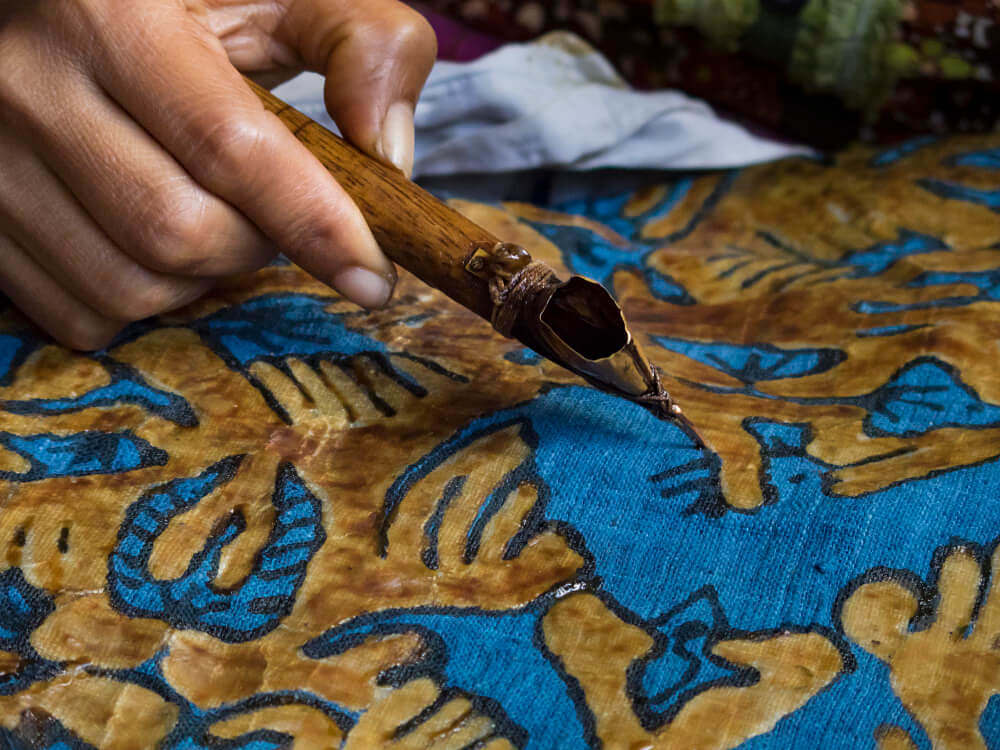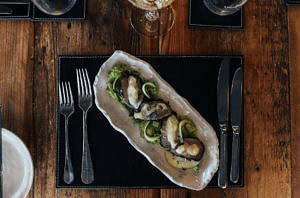Discover Traditional Indonesian Arts
Indonesia, a vast archipelago in Southeast Asia, is a land rich in culture and tradition. Its diverse heritage is reflected in the incredible variety of Indonesian art, which includes everything from intricate textiles to vibrant paintings and sculptures. This article will take you on a journey to discover the traditional arts and crafts in Indonesia, exploring the unique techniques, designs, and cultural significance that make them so special.
The Indonesian Art of Dying Textiles with Wax: Batik
One of the most renowned traditional Indonesian arts is batik, a method of dying textiles using wax. Batik art in Indonesia is famous worldwide, and it has been recognized by UNESCO as an Intangible Cultural Heritage of Humanity. The process involves applying wax to the fabric to create intricate patterns before dyeing it. Once the dyeing is complete, the wax is removed, revealing stunning designs that tell stories of Indonesian culture, history, and beliefs.
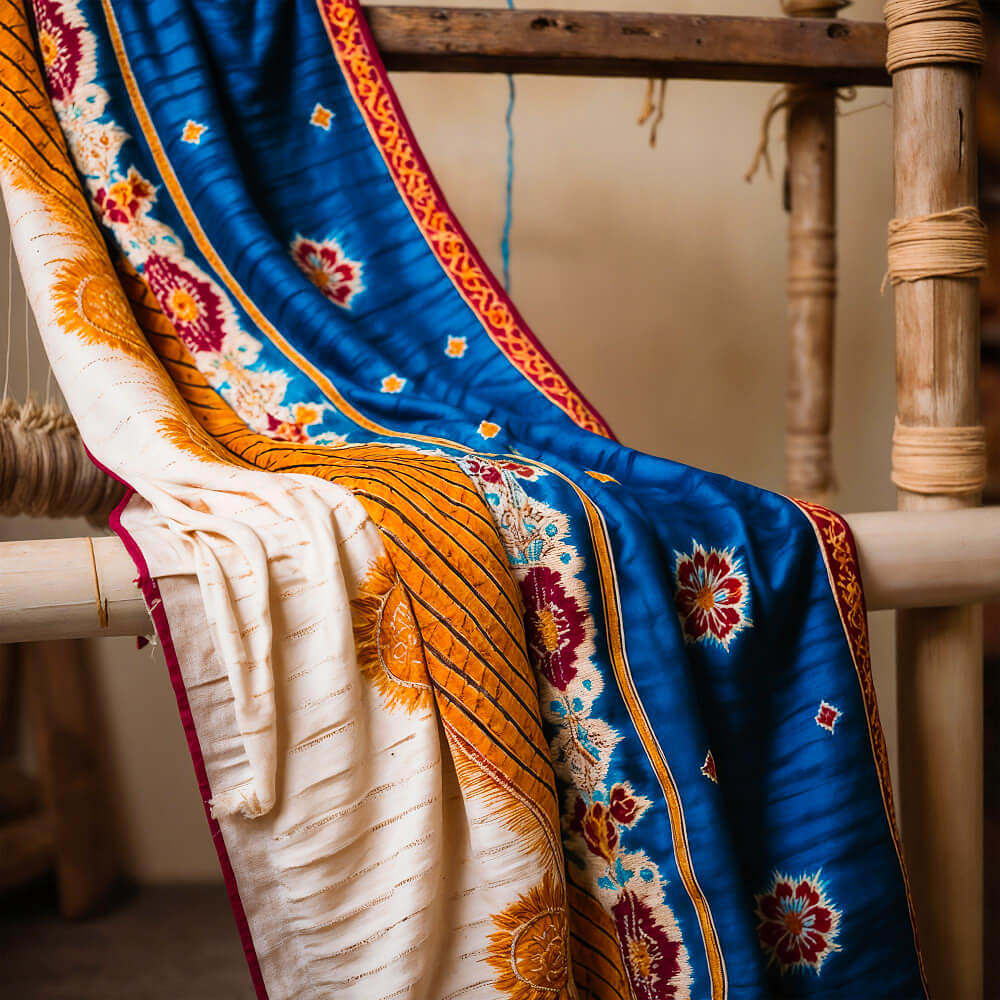
The Indonesian art of dying textiles with wax has deep roots in Javanese culture, particularly in cities like Yogyakarta and Solo. Each region has its own distinct style, with some focusing on geometric patterns, while others highlight floral and animal motifs. The beauty of batik lies not only in its visual appeal but also in the symbolism embedded within the patterns, which often convey messages of spirituality, nature, and identity.
Indonesian Wall Art
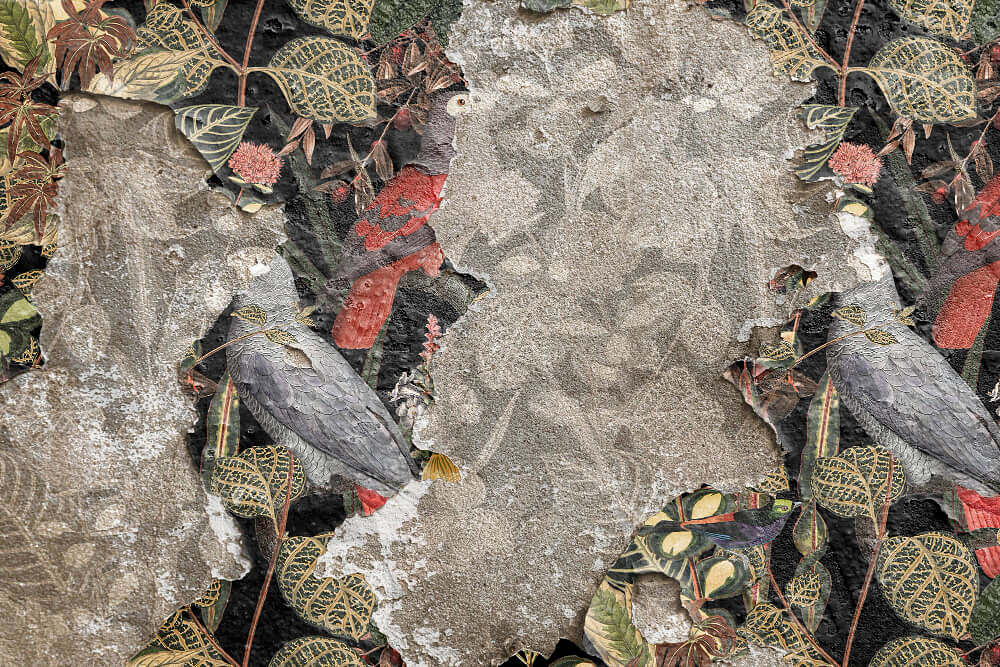
Indonesian wall art is another fascinating aspect of the country’s artistic expression. Traditional wall art in Indonesia often includes intricate carvings and paintings that reflect religious and cultural themes. These pieces can be seen in temples, palaces, and homes throughout the archipelago.
In Bali, for example, Bali Indonesia art is heavily influenced by Hinduism and features elaborate depictions of deities, mythical creatures, and scenes from religious texts. Balinese artists are known for their attention to detail, creating stunning wall art that captivates both locals and visitors.
Today, Indonesian wall art has evolved to include more modern interpretations, blending traditional techniques with contemporary designs. Many artists now use a combination of traditional materials, such as wood and stone, with newer mediums like metal and canvas. This fusion of old and new has helped keep the art form alive while making it relevant in today’s world.
Characteristics of Arts and Crafts in Indonesia
The characteristics of arts and crafts in Indonesia are deeply connected to the country’s diverse ethnic groups, each of which has its own unique artistic traditions. Common elements across Indonesian art include the use of natural materials, intricate patterns, and a strong connection to spiritual and religious beliefs.
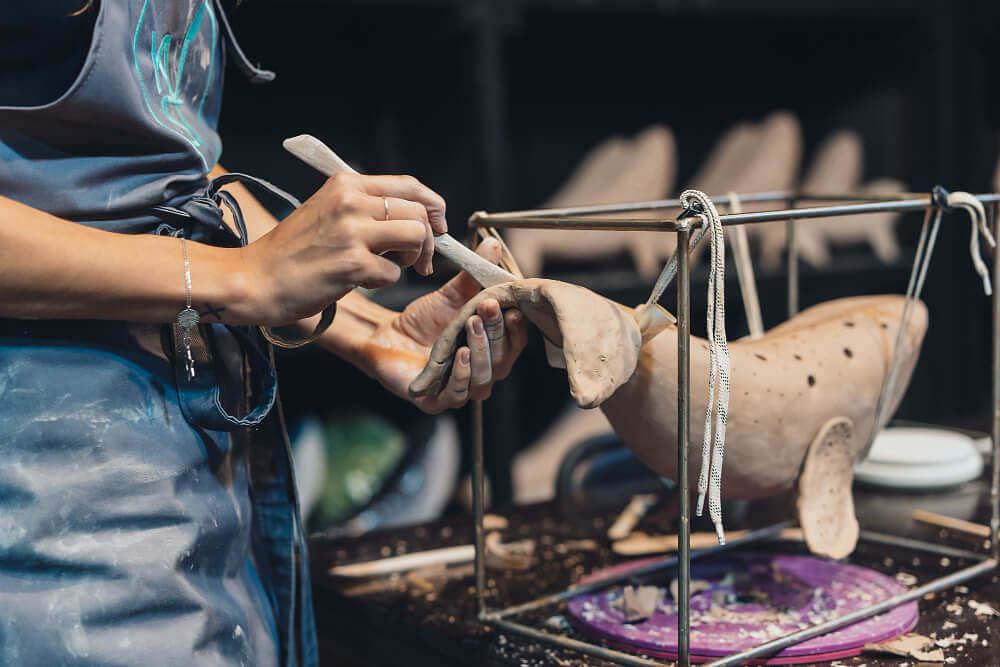
For example, woodcarving is a prominent craft in Indonesia, especially in Bali and Sumatra. Artists create stunning sculptures, masks, and furniture that are often used in religious ceremonies or as decorative items in homes. Similarly, pottery and ceramics are crafted using traditional techniques passed down through generations, with designs that reflect local customs and aesthetics.
Indonesian arts and crafts are also closely tied to the natural environment. Many pieces incorporate elements of nature, such as plants, animals, and landscapes, highlighting the deep respect that Indonesian culture has for the natural world.
Bali – The Heart of Indonesian Art
When it comes to Bali Indonesia art, the island stands out as a hub of creativity and craftsmanship. Bali has a long history of producing exceptional artists, and its art scene is a vibrant mix of traditional and contemporary influences. Balinese art is often centered around religious themes, with many works created for temples, festivals, and other spiritual purposes.
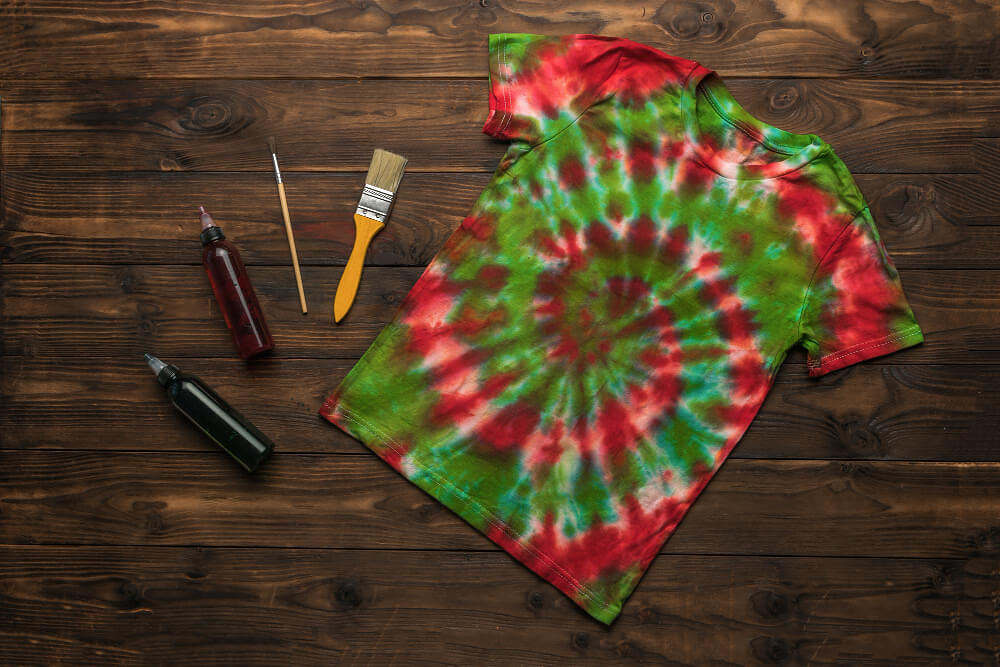
Balinese painting, in particular, is known for its distinct style, characterized by detailed scenes of daily life, mythology, and nature. The island is also famous for its performing arts, including dance and music, which are integral parts of Balinese culture. Whether it’s intricate carvings, beautiful paintings, or mesmerizing performances, Bali’s contribution to Indonesian art is undeniable.
The traditional Indonesian art scene is a reflection of the country’s rich cultural heritage and its people’s deep connection to their history and beliefs. From the meticulous craft of batik art in Indonesia to the intricate designs of Indonesian wall art, these creations showcase the beauty and complexity of Indonesia’s artistic traditions.
Whether you’re exploring the arts and crafts in Indonesia in person or admiring them from afar, these works of art tell a story of a culture that has thrived for centuries, preserving its identity while embracing the future.
The Legacy of Ancient Indonesian Art
One of the oldest and most remarkable forms of ancient Indonesian art can be found deep within the caves of Sulawesi. Indonesian cave art dates back over 40,000 years, making it some of the oldest known art in the world. These ancient artworks consist of hand stencils, animal depictions, and abstract shapes, providing a glimpse into the lives and beliefs of prehistoric Indonesian peoples.
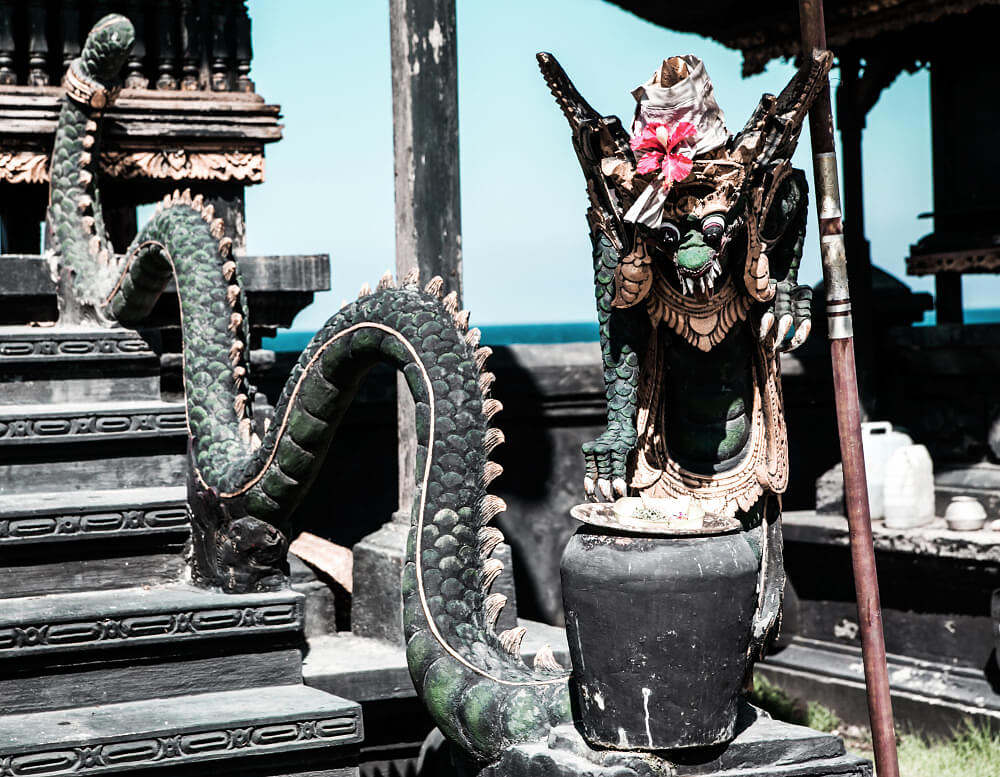
The Indonesian cave art discovered in Sulawesi features stunning images of wild animals, such as pigs and buffaloes, that were significant to the early inhabitants of the region. These ancient drawings reveal a deep connection between the people and their environment, offering insights into their spiritual and cultural practices. The discovery of these artworks has put Indonesia on the map as a key location for studying the origins of human creativity.
This ancient legacy has left a lasting influence on arts and crafts in Indonesia, with motifs and symbols from prehistoric times still visible in modern-day creations. The connection between past and present is a recurring theme in Indonesian art, where traditional practices continue to inspire contemporary works.
Contemporary Indonesian Art
While Indonesia is known for its traditional arts, the country also has a thriving contemporary Indonesian art scene that bridges the gap between old and new. Contemporary Indonesian artists often draw inspiration from their cultural heritage while pushing boundaries with innovative techniques and ideas. This blend of tradition and modernity has led to a dynamic art scene that is gaining international recognition.
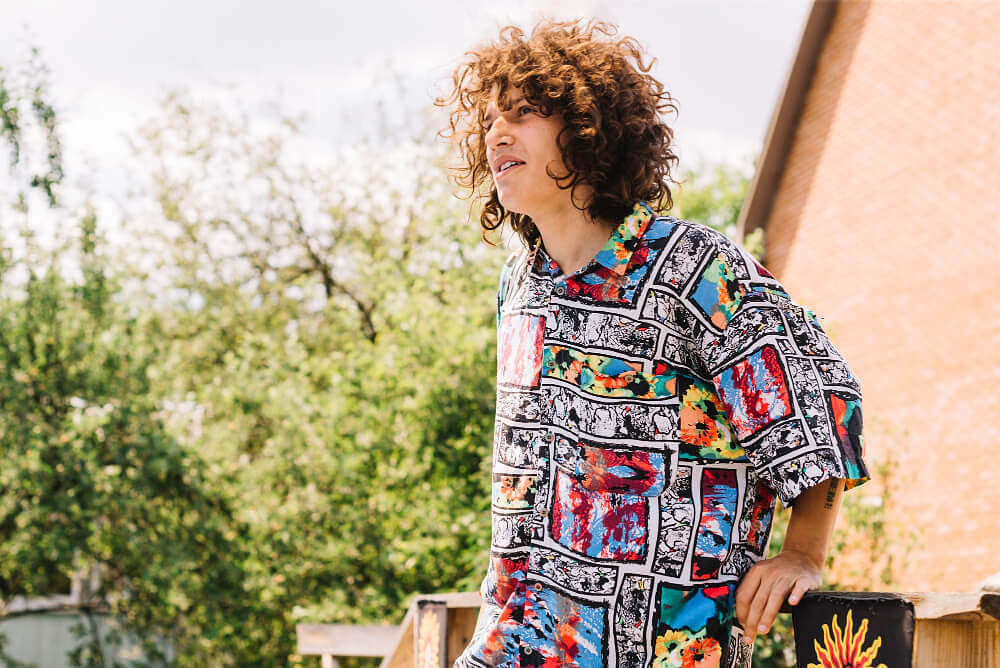
Many contemporary Indonesian artists explore social, political, and environmental issues through their work. They use various mediums, including painting, sculpture, installation, and digital art, to express their perspectives on modern life in Indonesia. This new wave of artists continues to reflect the richness of arts and crafts in Indonesia while addressing global and local concerns in unique and thought-provoking ways.
In cities like Jakarta, Yogyakarta, and Bali, art galleries and exhibitions showcase a wide range of contemporary Indonesian art. These spaces serve as platforms for artists to share their work with the world, offering a fresh take on Indonesia’s artistic identity. Despite the modern approach, many contemporary pieces still carry the essence of traditional Indonesian art, blending age-old techniques with current artistic trends.
Indonesian Art in a Global Context
As contemporary Indonesian art gains prominence on the global stage, more people are discovering the depth and diversity of Indonesian art as a whole. From the ancient cave paintings in Sulawesi to the modern galleries of Jakarta, Indonesia’s art scene is a testament to the country’s ability to preserve its cultural heritage while embracing new ideas and influences.
For art enthusiasts, exploring the arts and crafts in Indonesia offers an opportunity to connect with a culture that values creativity, spirituality, and a deep respect for nature. Whether through the vibrant colors of batik, the detailed carvings of Balinese sculptures, or the abstract expressions of contemporary artists, Indonesian art continues to captivate and inspire audiences both at home and around the world.
Indonesia’s rich artistic traditions have evolved over thousands of years, from the ancient Indonesian art found in caves to the innovative expressions of the modern era. The country’s art is a reflection of its diverse cultural landscape, blending the old with the new, and honoring the past while looking toward the future.
Whether you’re interested in the traditional arts and crafts in Indonesia or the bold, innovative works of contemporary Indonesian art, there is something for everyone to appreciate. Indonesian art is not just a reflection of the country’s history and beliefs, but a living, evolving form of expression that continues to shape and define Indonesia’s place in the world.

